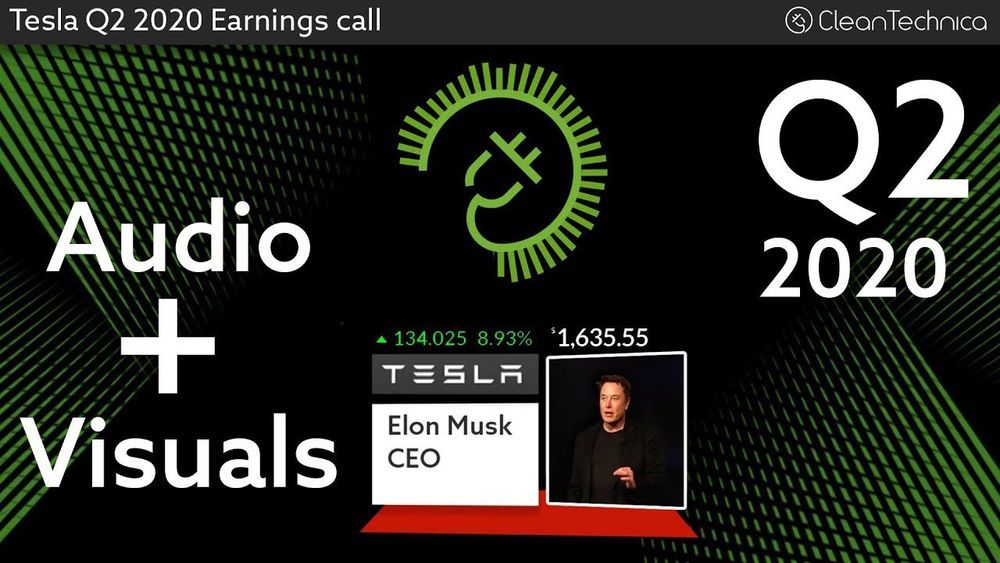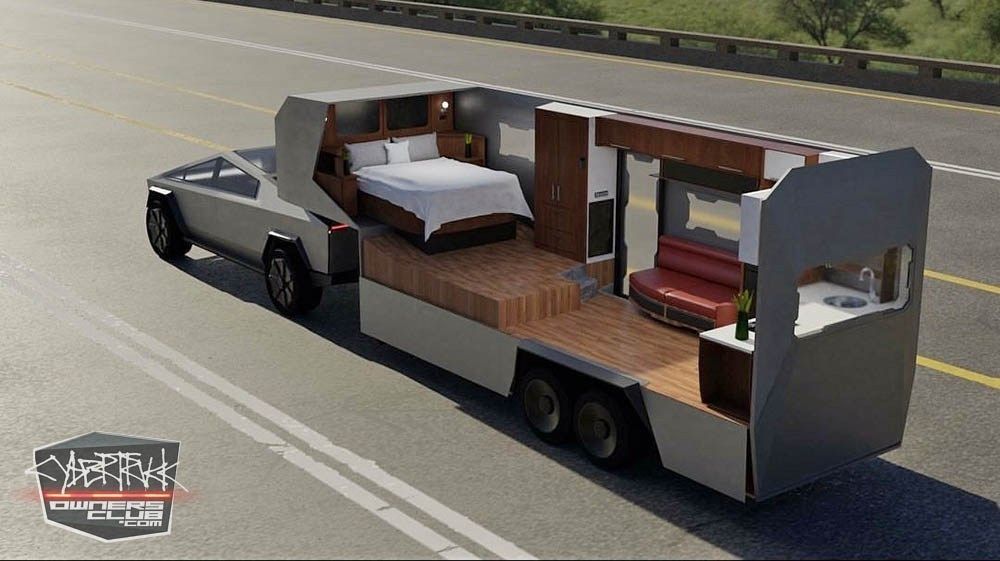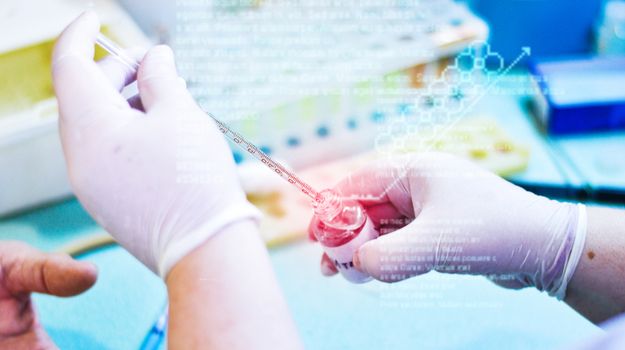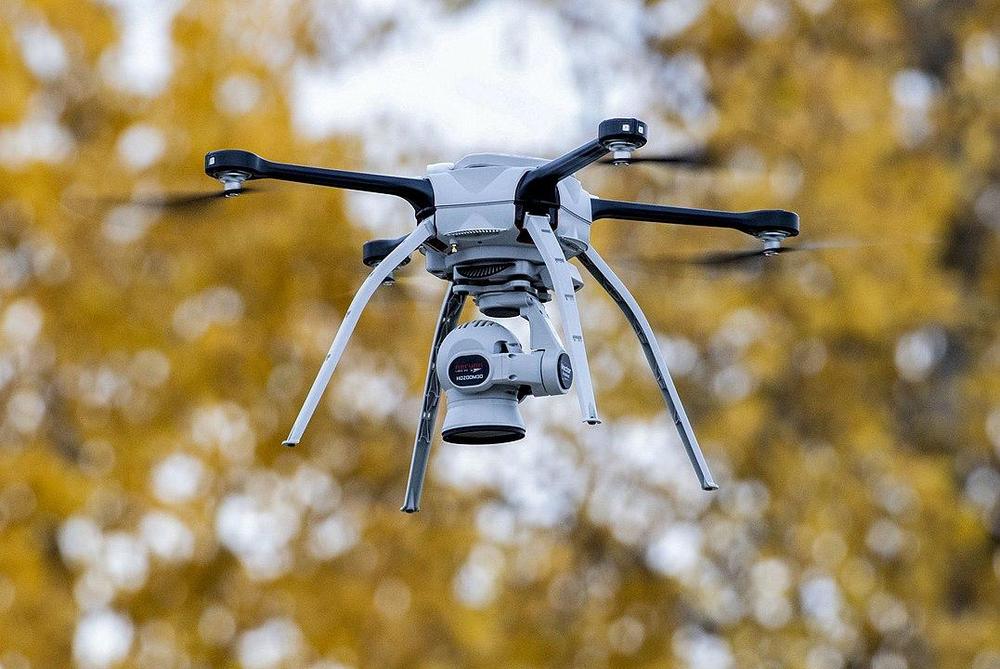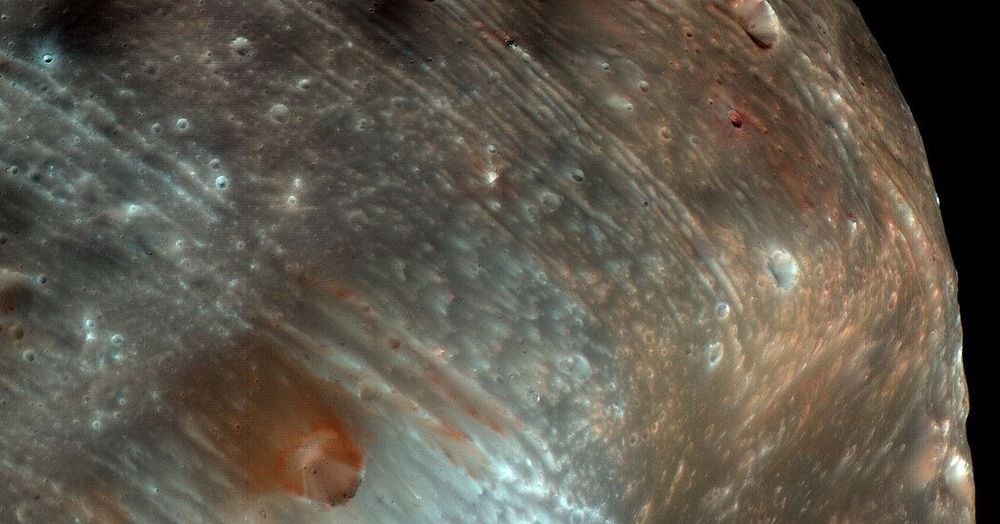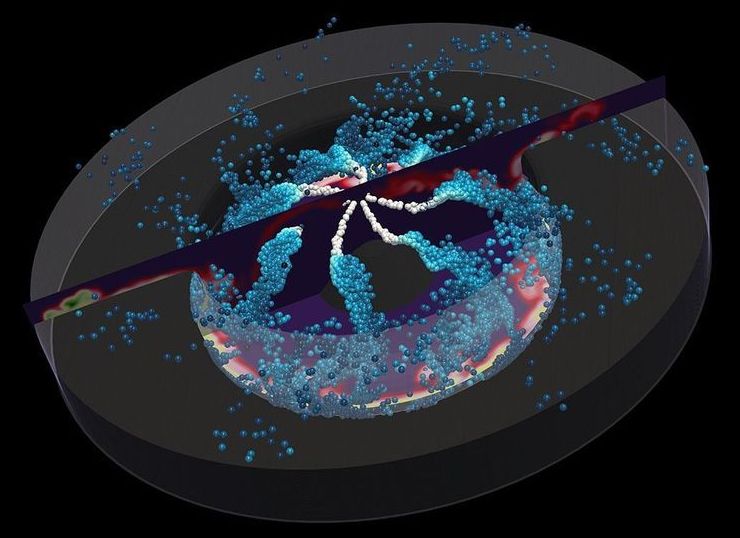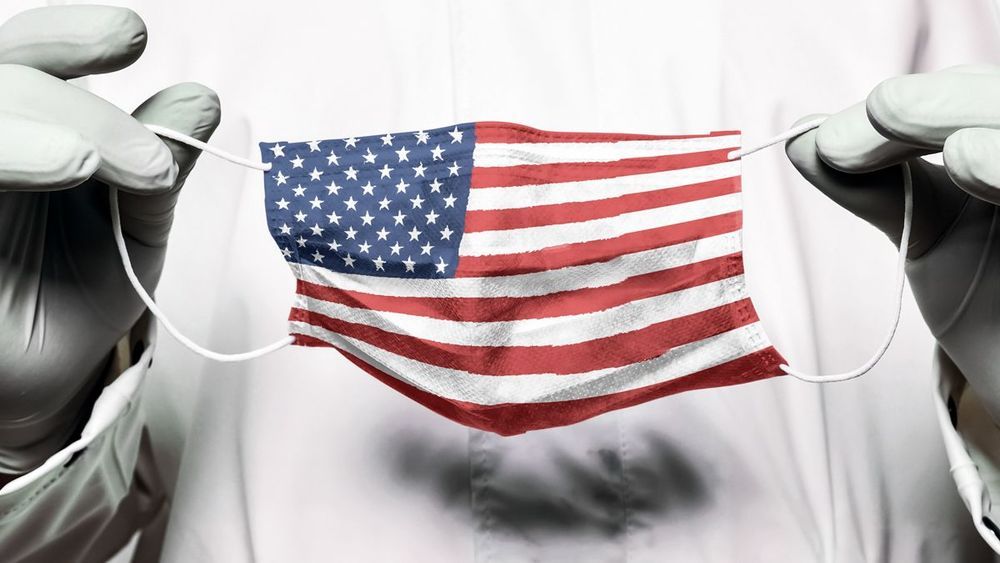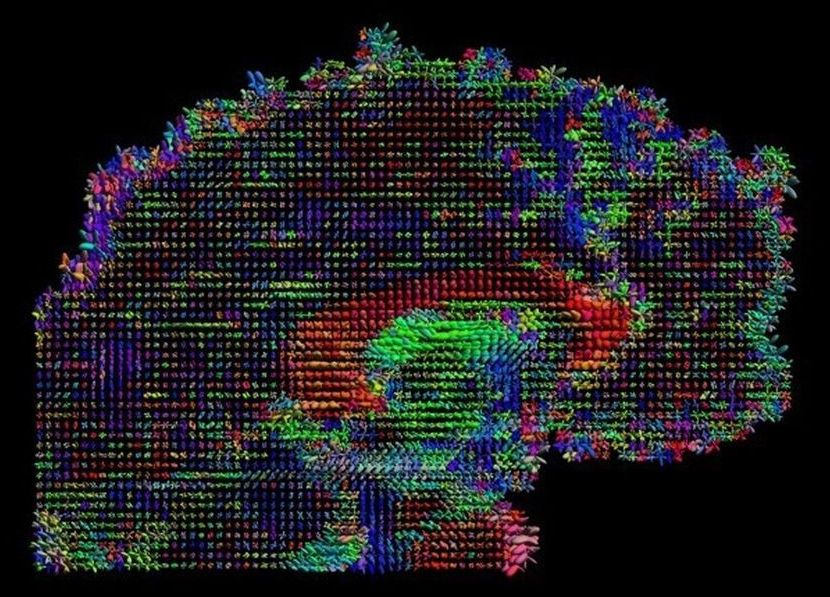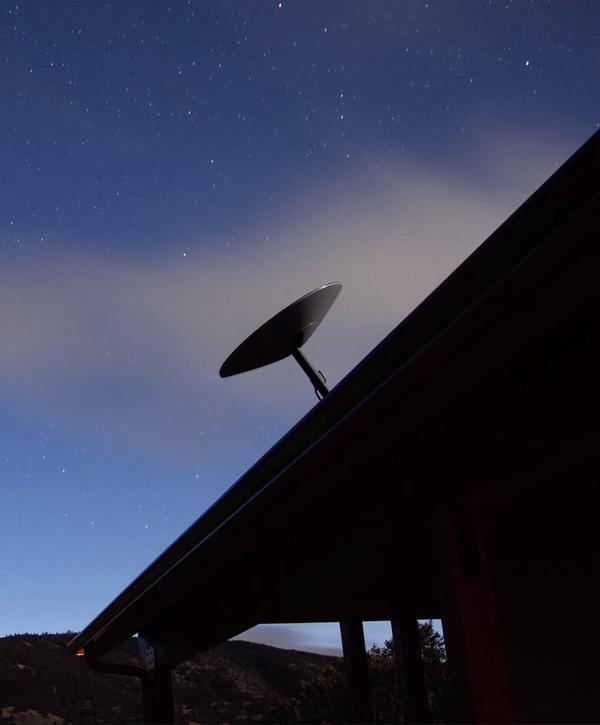Jul 26, 2020
Tesla Van With Camping & SpaceX Packages Brings It All Together — Could It Replace Your Home?
Posted by Genevieve Klien in categories: Elon Musk, space travel, sustainability
After Elon Musk mentioned that Tesla was working on a couple more vehicles, a compact car and “high capacity” vehicle, my mind started to race about how this van-like vehicle could use all of the technologies that Elon has mentioned in various interviews. First, let’s cover the basics that I’m 99% sure the vehicle will have. I got some of these ideas from one of my Cybertruck articles. After that, I’ll take things in a little different direction than our previous “Tesla Cybervan” article.
